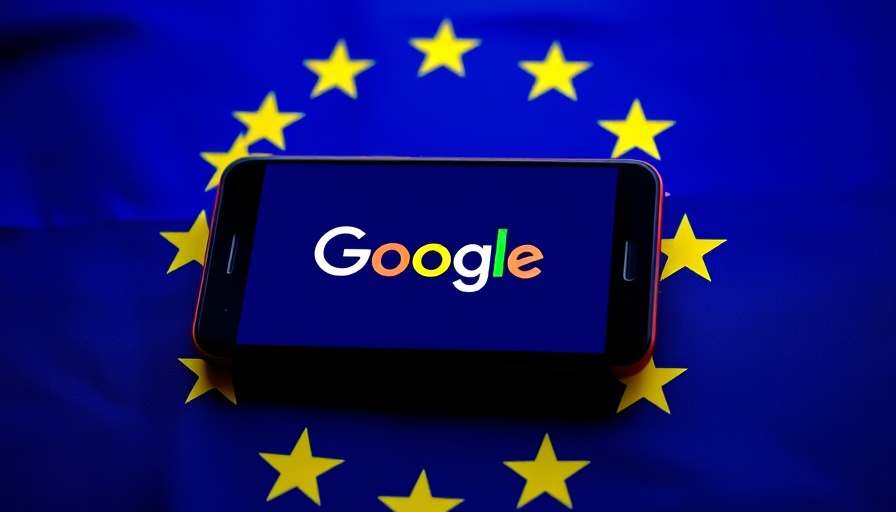
Analysis of Gupshup's New Funding Round
Gupshup, a messaging startup that has successfully navigated the evolving landscape of business communication for over two decades, has recently secured more than $60 million in both equity and debt financing. This intriguing round follows a tumultuous investment history where valuations fluctuated significantly post-unicorn status. The startup's founder, Beerud Seth, remains optimistic as he highlights a growing demand for AI-driven messaging solutions across various sectors.
The Shift from SMS to AI Agents
The transition from traditional SMS to more advanced communication platforms like WhatsApp and RCS underscores a pivotal shift in user preferences. As companies increasingly seek to leverage AI solutions, Gupshup is positioning itself as a leader by enabling businesses to deploy AI agents seamlessly. This adaptation not only meets the current market demand but also aligns with emerging trends that focus on conversational interfaces, potentially streamlining patient engagement for healthcare providers.
Competitive Landscape and Challenges Ahead
While the demand for AI agents is on the rise, the competition is intensifying, with giant tech companies like Amazon, Google, and Microsoft investing heavily in this arena. For Gupshup, the challenge will be to maintain agility and innovation while navigating a rapidly changing landscape. For healthcare IT professionals and administrators, understanding these dynamics may prove essential as they consider solutions that enhance patient communication and operational efficiency.
Implications for Healthcare Communication
As enterprises and healthcare providers alike evaluate the incorporation of AI agents into their workflows, the potential for improved patient outreach and engagement becomes clear. Gupshup's evolving technology could provide innovative solutions for healthcare professionals seeking to adopt digital communication strategies effectively, addressing long-standing challenges related to patient interactions.
Conclusion: Future Prospects for Gupshup
The newly acquired funding represents not just a financial boost for Gupshup, but an affirmation of its pivotal role in shaping the future of messaging technologies in business. For healthcare IT professionals, embracing these advancements can enhance communication channels and improve patient experiences. As Gupshup continues to innovate, organizations must stay attuned to these trends to leverage technology effectively in their practices.
 Add Row
Add Row  Add
Add 




Write A Comment